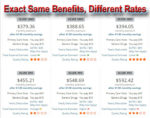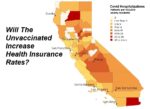PPO and EPO plans generally have a larger network of hospitals and medical groups. They will include popular providers such as Cedars Sinai, Hoag, Providence, Sutter, and UC hospitals and medical group. The members of PPO and EPO plans can travel great distances to see their favorite specialist.











